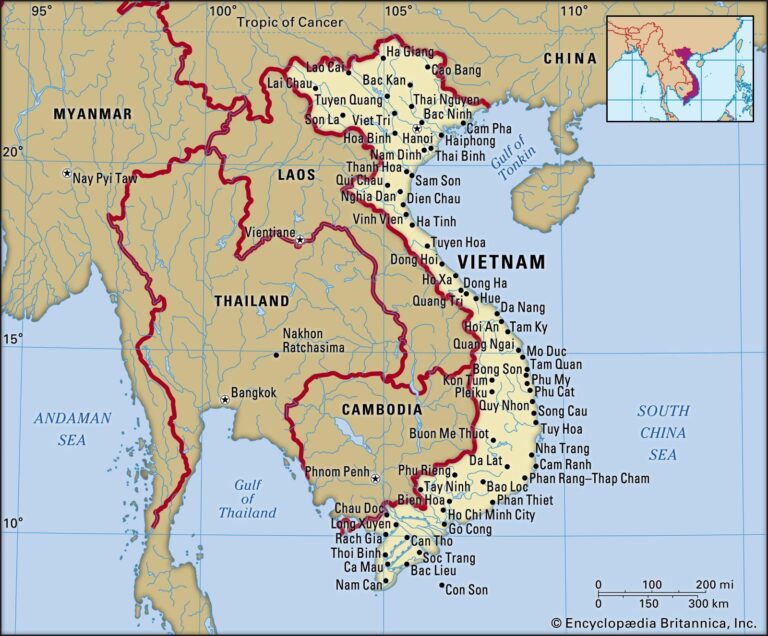Introduction to Economic Reforms in Vietnam
Vietnam’s economic reforms, known as Đổi Mới, began in the mid-1980s and transformed the nation dramatically. These reforms aimed to transition the country from a centrally planned economy to a socialist-oriented market economy.
The Purpose of the Reforms
The primary goal of Đổi Mới was to revitalize the struggling economy and increase production and consumption. This shift was crucial in addressing the pressing issues of poverty and economic stagnation that plagued Vietnam at the time.
1. Market Economy Shift
One of the key changes was the allowance of private ownership and foreign investment. This led to an influx of entrepreneurs and foreign businesses, invigorating the local economy.
2. Agricultural Reforms
A major aspect of the economic reforms was the de-collectivization of agriculture. Farmers were given land use rights, which sparked an increase in agricultural production and food security.
3. Industrialization and Urbanization
Vietnam’s industrial sector also saw substantial growth due to these reforms. This rapid industrialization contributed to urban migration as people sought employment in burgeoning factories and industries.
4. Integration into the Global Economy
Đổi Mới allowed Vietnam to engage more actively with the global economy, resulting in various trade agreements. These agreements have opened up new markets for Vietnamese goods and increased export opportunities.
5. Impact on Poverty Reduction
Thanks to the economic reforms, Vietnam has made significant progress in reducing poverty levels. The World Bank acknowledges that millions of Vietnamese have been lifted out of poverty since the reforms were implemented.
Conclusion
Today, Vietnam stands as a testament to the success of economic reform policies in transforming a nation. For a detailed overview of Vietnam’s economic reforms, visit The Borgen Project.

